Thousands visit NOAA hurricane experts and see Hurricane Hunter aircraft first-hand
NOAA and the U.S. Air Force Reserve joined forces again and embarked on an 11 city fly-in this spring to urge everyone living in hurricane-prone locations to plan ahead for the hurricane season. At each stop in the Caribbean and along the U.S. east coast, the public and media had the chance to take a tour of the planes and meet the brave scientists and aviators that fly around and directly into the eye of a tropical cyclone.
Kermit prepares to leave
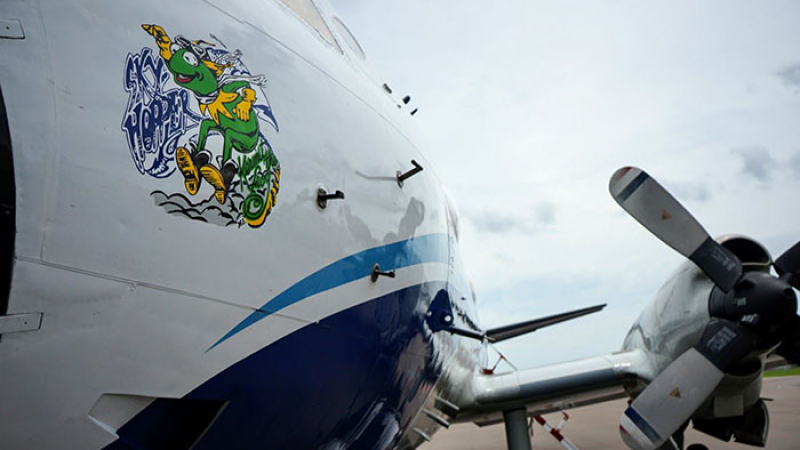
U.S. Air Force Reserve arrives in Aruba
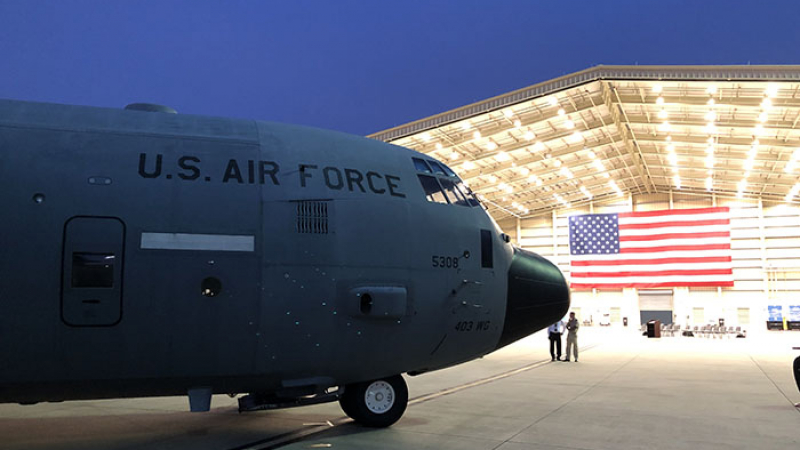
Meeting with school children

Preparing to take-off for the next destination
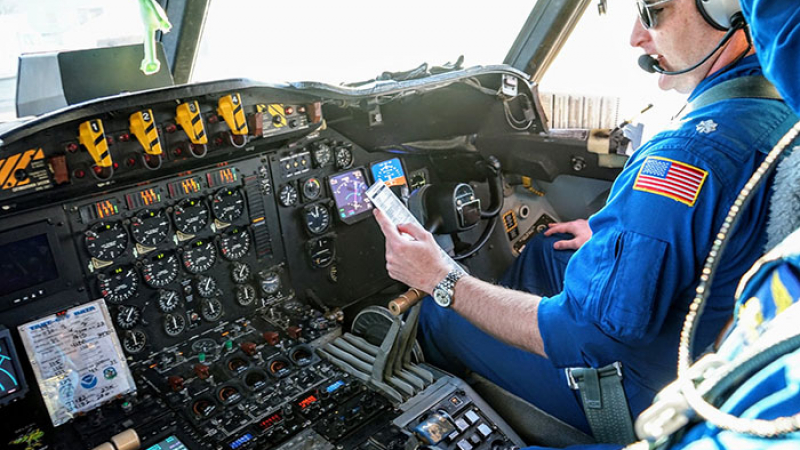
Partners in the media help promote preparedness
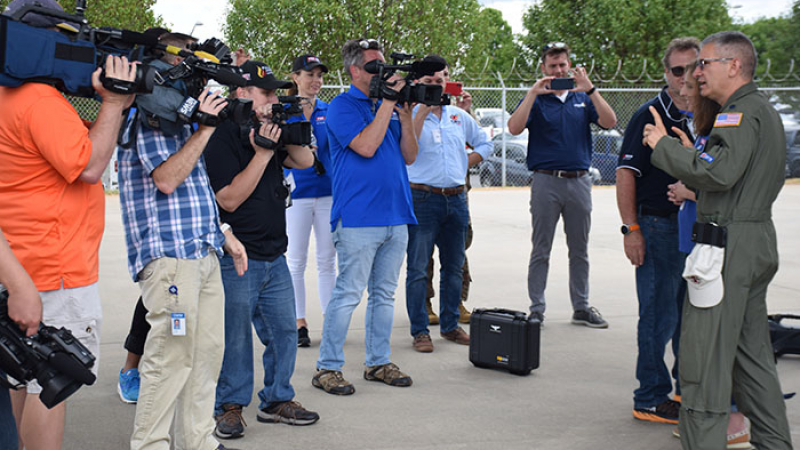
A job well done
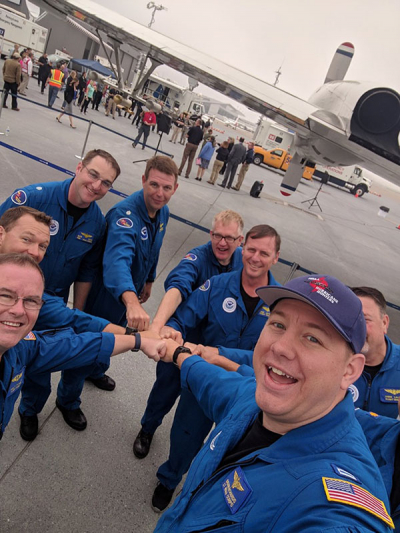
For the latest forecasts and information about hurricanes visit and bookmark NOAA's National Hurricane Center. Additional hurricane safety resources:
- National Weather Service hurricane safety tips - https://www.weather.gov/safety/hurricane
- Department of Homeland Security hurricane preparedness - https://www.ready.gov/hurricanes

